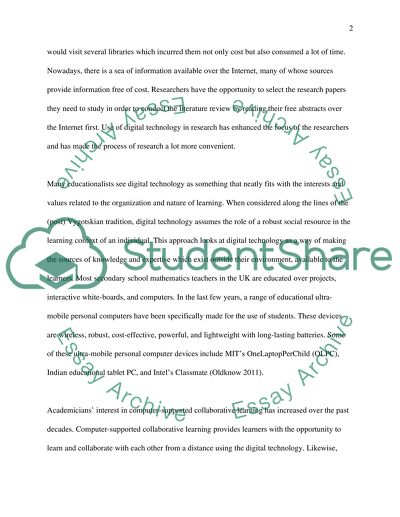Cite this document
(“Digital technologhy plays a key role in education Essay”, n.d.)
Digital technologhy plays a key role in education Essay. Retrieved from https://studentshare.org/education/1678364-digital-technologhy-plays-a-key-role-in-eduction
Digital technologhy plays a key role in education Essay. Retrieved from https://studentshare.org/education/1678364-digital-technologhy-plays-a-key-role-in-eduction
(Digital Technologhy Plays a Key Role in Education Essay)
Digital Technologhy Plays a Key Role in Education Essay. https://studentshare.org/education/1678364-digital-technologhy-plays-a-key-role-in-eduction.
Digital Technologhy Plays a Key Role in Education Essay. https://studentshare.org/education/1678364-digital-technologhy-plays-a-key-role-in-eduction.
“Digital Technologhy Plays a Key Role in Education Essay”, n.d. https://studentshare.org/education/1678364-digital-technologhy-plays-a-key-role-in-eduction.


